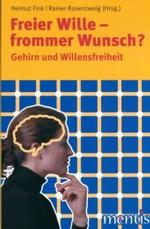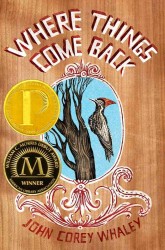Full Description
Conceived from the current political, social, economic, spiritual, and environmental issues of our times, Global Consciousness through the Arts: A Passport for Students and Teachers provides the tools for teachers and students to succeed in the 21st Century.
It raises the consciousness of students and teachers to the critical challenges that confront us in the new human world and provide them a starting point from which they can be engaged in shaping their own destiny through the re-creation of the international community culture.
Re-creating the international community will require not only consciousness in the issues and challenges, but also the passion that is associated with the innate human creativity through educating the whole person cognitively, aesthetically, physically, and spiritually for growth and achievement through the arts.
Global Consciousness through the Arts: A Passport for Students and Teachers:
Inspires deeper exploration of the issues by students and teachers and that this exploration brings excitement and enrichment to the education process.
Is organized around four basic principles: identifying the challenges we face, familiarizing ourselves with them, garnering the knowledge and skills necessary to resolve them, and providing suggestions and resources to guide us in our exploration.
Integrates lesson plans, practice, and observations from international and national (USA) authors on how the information can be used to provide students and faculty the direction and guidance to develop deeper thought and personal empowerment.
There is a 302-page-online Ancillary that has 54 contributors representing 18 countries in Elementary, Secondary and Higher Education from urban, suburban, and rural locations. This ancillary is a critical component of the book for contemporary art education.
Contents
Part I: Global Consciousness
Chapter 1: Art and Cultures
Chapter 2: Spirituality, Humanities, and Responsibilities
Chapter 3: Finding One's Voice
Chapter 4: Contributions
Part II: Foundational Tools
Chapter 5: The International Language
Chapter 6: Media and Materials and Techniques
Chapter 7: Identity
Chapter 8: Community of Intersectionality
Part III: Success in an International Community
Chapter 9: Life and Career Skills
Chapter 10: Innovative Thinking, Learning, and Skills Development
Chapter 11: Information, Media, and Technology
Chapter 12: Integration + Collaboration + Connoisseurship
Part IV: Artistic Voice
Chapter 13: Art, Traditional, and Contemporary Practices
Chapter 14: Themes and Portfolios
Chapter 15: Environmental and Ecology Art
Chapter 16: Contributors







